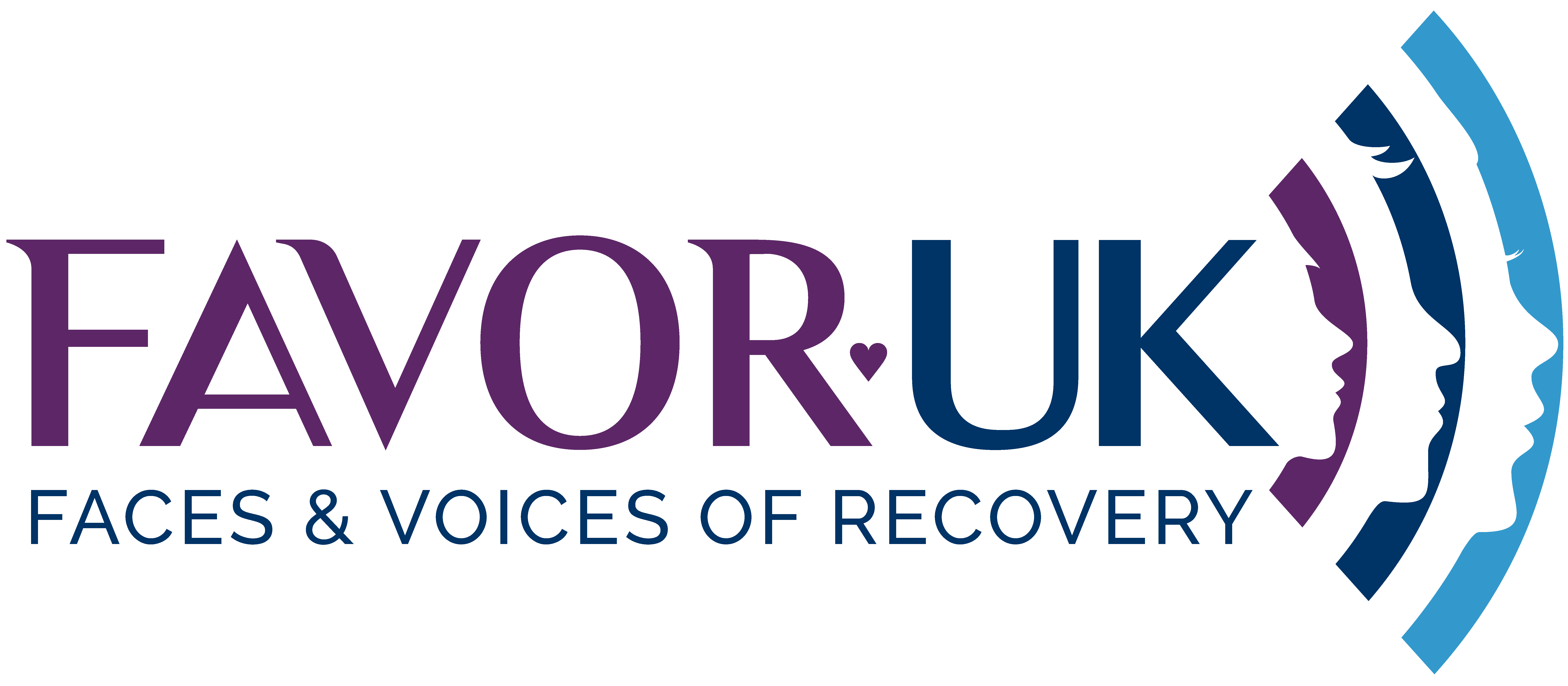Introduction
The issue of drug addiction is a complex and multifaceted one, with no easy solutions. While the ultimate goal is to help individuals break free from the cycle of addiction, the strategies employed can vary significantly. Two distinct approaches have emerged in addressing this crisis: harm reduction and recovery-oriented interventions. It’s crucial to recognise that these two strategies serve different purposes and require tailored interventions. Scotland’s Right to Recovery Bill, a pioneering legislation, aims to strike a balance between these approaches by ensuring equal access to both harm reduction and recovery services.
Harm Reduction: Saving Lives and Reducing Risks
Harm reduction is a pragmatic and compassionate approach to drug addiction that focuses on minimising the negative consequences of substance use while accepting that complete abstinence may not be immediately achievable. The primary goals of harm reduction are to save lives, reduce health risks, and improve the overall well-being of individuals struggling with addiction.
Key components of harm reduction include:
Needle Exchange Programs: These initiatives provide clean syringes and education on safe injection practices, reducing the spread of infectious diseases like HIV and hepatitis C.
Supervised Consumption Sites: These facilities offer a safe and controlled environment for individuals to use drugs, reducing the risk of overdose and providing immediate medical assistance when needed.
Naloxone Distribution: Naloxone, an opioid overdose reversal medication, is distributed to users and their communities to prevent overdose-related fatalities.
Opioid Agonist Therapy (OAT): OAT programs provide medications like methadone or buprenorphine to manage opioid cravings and withdrawal symptoms, allowing individuals to stabilise their lives.
Recovery-Oriented Interventions: Breaking the Cycle of Addiction
While harm reduction aims to keep people alive and minimise harm, recovery-oriented interventions focus on helping individuals achieve long-term abstinence and rebuild their lives. These approaches recognise that recovery is a unique journey for each person and may involve various forms of support, including counseling, therapy, and peer support.
Key components of recovery-oriented interventions include:
Residential Treatment Centers: These facilities offer intensive therapy and support in a controlled environment, helping individuals address the underlying causes of their addiction.
Outpatient Treatment: Outpatient programs provide counseling and therapy on a more flexible schedule, allowing individuals to maintain their daily lives while receiving support.
12-Step Programs: Programs like Alcoholics Anonymous and Narcotics Anonymous provide a structured framework for recovery, emphasising abstinence and peer support.
Individual and Group Therapy: Therapy sessions help individuals explore the root causes of their addiction, develop coping strategies, and build a strong support network.
Scotland’s Right to Recovery Bill: A Balanced Approach
Recognising the importance of both harm reduction and recovery-oriented interventions, Scotland has taken a significant step forward with the proposed Right to Recovery Bill. This legislation aims to enshrine in law the principle that individuals struggling with addiction should have equal access to both harm reduction and recovery services.
Key provisions of the bill include:
Equal Access: The bill ensures that individuals can access harm reduction services to reduce immediate risks while also receiving support for their recovery journey.
Personalised Care Plans: Every person seeking help for addiction will receive a personalised care plan tailored to their unique needs and goals, whether that involves harm reduction or recovery.
Eliminating Stigma: The bill emphasises the importance of reducing stigma associated with addiction, encouraging a more compassionate and supportive approach to treatment.
Accountability: The legislation holds service providers accountable for delivering a range of services that support harm reduction and recovery, ensuring that individuals receive the care they need.
Conclusion
The difference between keeping people alive through harm reduction and helping them get off alcohol & other drugs through recovery-oriented interventions is significant. Both approaches are vital components of a comprehensive strategy to combat drug addiction, and they should not be seen as mutually exclusive. Scotland’s Right to Recovery Bill represents a groundbreaking effort to ensure that individuals facing addiction have equal access to the support they need, regardless of the path they choose to take. By striking a balance between harm reduction and recovery, this legislation recognises the complex nature of addiction and offers hope for a brighter future for those affected by it.


